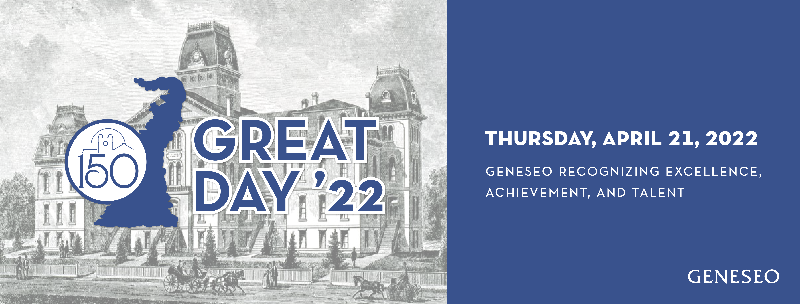
Submission Type
Poster
Start Date
4-21-2022
Abstract
Belonging is a basic human need with substantial impact on overall health and well-being (e.g., Baumeister & Leary, 1995). The presence of ambient identity cues, socially symbolic objects that communicate stereotypes about group members inhabiting a given environment, can powerfully impact perceptions of belonging and interest (Cheryan et al., 2009). Much of the existing work on ambient belonging has focused on racialized or gendered domains and has predominantly assessed cues present in physical spaces (e.g., Cheryan et al., 2009; Davies et al., 2002). The current work seeks to examine differential cues that may be barriers to prospective undergraduate students’ interest in colleges and universities in a digital sphere via institutions’ home pages. A stratified random sample of four-year institutions in the US were selected to ensure adequate representation of institutions serving non-white and gender-specific populations. Trends found from both linguistic analysis (via Linguistic Inquiry and Word Count, Pennebaker et al., 2001) and thematic assessment suggest that gender-specific colleges are using more cues geared toward the gender of the institution, while majority-serving institutions are using more diversity cues compared to minority-serving institutions. Increased diversity cues may be found in majority-serving institutions because minority-serving institutions are primarily minorities and belongingness could be assumed. Given the critical link between belonging and academic achievement and retention (Brannon & Lin, 2021; Suhlmann et al., 2018), it is important to gain a better understanding of how cues differ across institutions and their impact on prospective students.
Recommended Citation
Tucker, Benjamin; Denzler, Rachel; Wallace, Kathryn; and Regen, Daniel, "107 -- Ambient Belonging Cues in Digital Spaces" (2022). GREAT Day Posters. 36.
https://knightscholar.geneseo.edu/great-day-symposium/great-day-2022/posters-2022/36
107 -- Ambient Belonging Cues in Digital Spaces
Belonging is a basic human need with substantial impact on overall health and well-being (e.g., Baumeister & Leary, 1995). The presence of ambient identity cues, socially symbolic objects that communicate stereotypes about group members inhabiting a given environment, can powerfully impact perceptions of belonging and interest (Cheryan et al., 2009). Much of the existing work on ambient belonging has focused on racialized or gendered domains and has predominantly assessed cues present in physical spaces (e.g., Cheryan et al., 2009; Davies et al., 2002). The current work seeks to examine differential cues that may be barriers to prospective undergraduate students’ interest in colleges and universities in a digital sphere via institutions’ home pages. A stratified random sample of four-year institutions in the US were selected to ensure adequate representation of institutions serving non-white and gender-specific populations. Trends found from both linguistic analysis (via Linguistic Inquiry and Word Count, Pennebaker et al., 2001) and thematic assessment suggest that gender-specific colleges are using more cues geared toward the gender of the institution, while majority-serving institutions are using more diversity cues compared to minority-serving institutions. Increased diversity cues may be found in majority-serving institutions because minority-serving institutions are primarily minorities and belongingness could be assumed. Given the critical link between belonging and academic achievement and retention (Brannon & Lin, 2021; Suhlmann et al., 2018), it is important to gain a better understanding of how cues differ across institutions and their impact on prospective students.


Comments
Sponsored by Claire Gravelin